Global high-mix volume high-speed Shenzhen PCBA manufacturer

Ru
9:00 -18:00, Mon. - Fri. (GMT+8)
9:00 -12:00, Sat. (GMT+8)
(Except Chinese public holidays)





Global high-mix volume high-speed Shenzhen PCBA manufacturer

Ru
9:00 -18:00, Mon. - Fri. (GMT+8)
9:00 -12:00, Sat. (GMT+8)
(Except Chinese public holidays)





HomePage > Blog > Knowledge Base > Voltmeter: Definition, Symbol and Types
The voltmeter is a kind of measuring instrument that can be found everywhere in the electronics industry, which plays a vital role in electronic and electrical engineering as well as daily electrical maintenance. Understanding what a voltmeter is, voltmeter symbol and how a voltmeter works can help you measure the voltage accurately and avoid damaging the circuit.
If you're interested in voltmeters, then you've come to the right place. Keep reading to explore in detail the definition of a voltmeter, how to use a voltmeter, how to read a voltmeter, and compare the differences among voltmeters, multimeters and ammeters to help you choose the right tool.
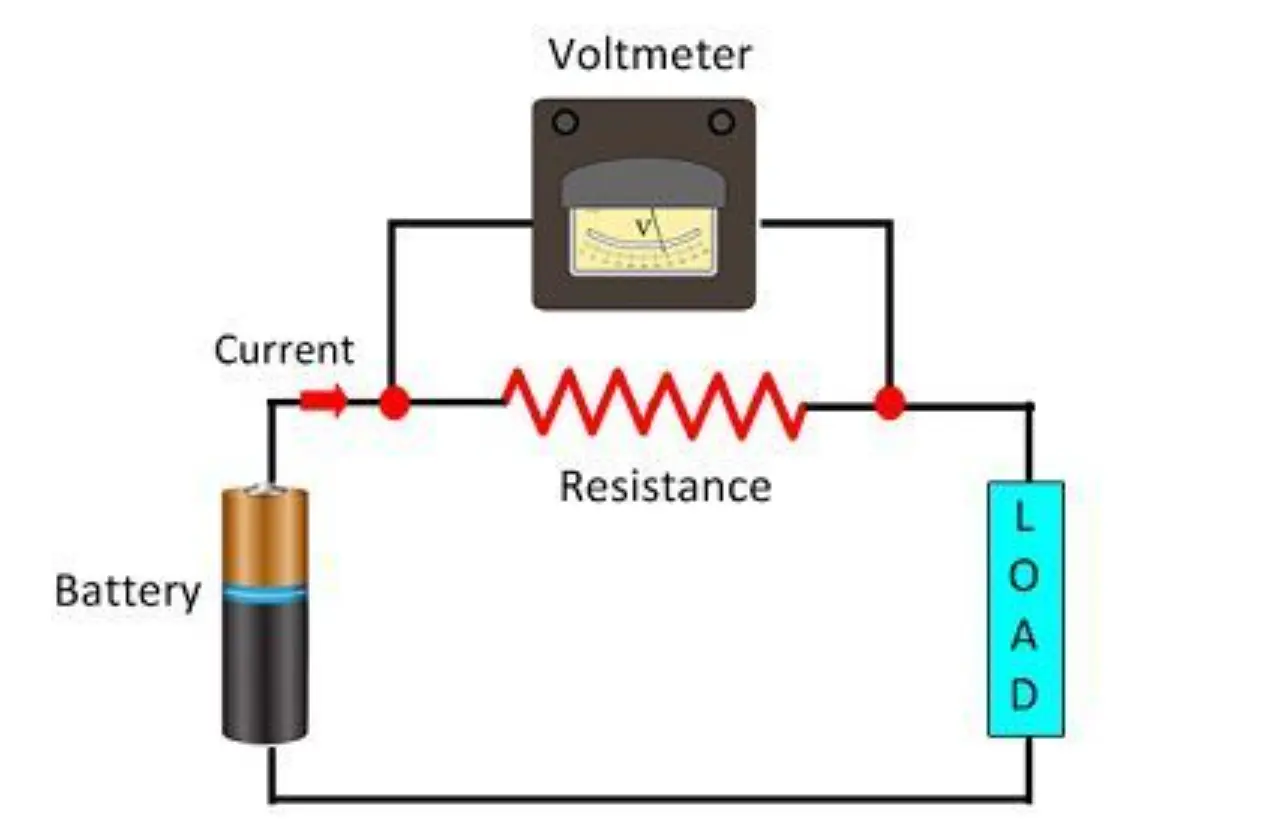
A voltmeter is a tool used to measure voltage (also called potential difference). In simple terms, it is like a "ruler" for electricity that can tell us what the voltage is between two points in a circuit.
Voltmeters are often used in electrical circuits to help engineers or electronics technicians check if the voltage is normal. For example, when repairing household appliances, a voltmeter can be used to check whether the power supply voltage is stable. In circuit design, engineers use a voltmeter to verify that the circuit is working as expected. If the voltage is not suitable, the device may not work properly or even get damaged. Therefore, the voltmeter is a very important measurement tool.
The voltmeter symbol in the circuit diagram is a circle with a letter "V" inside. Like this:
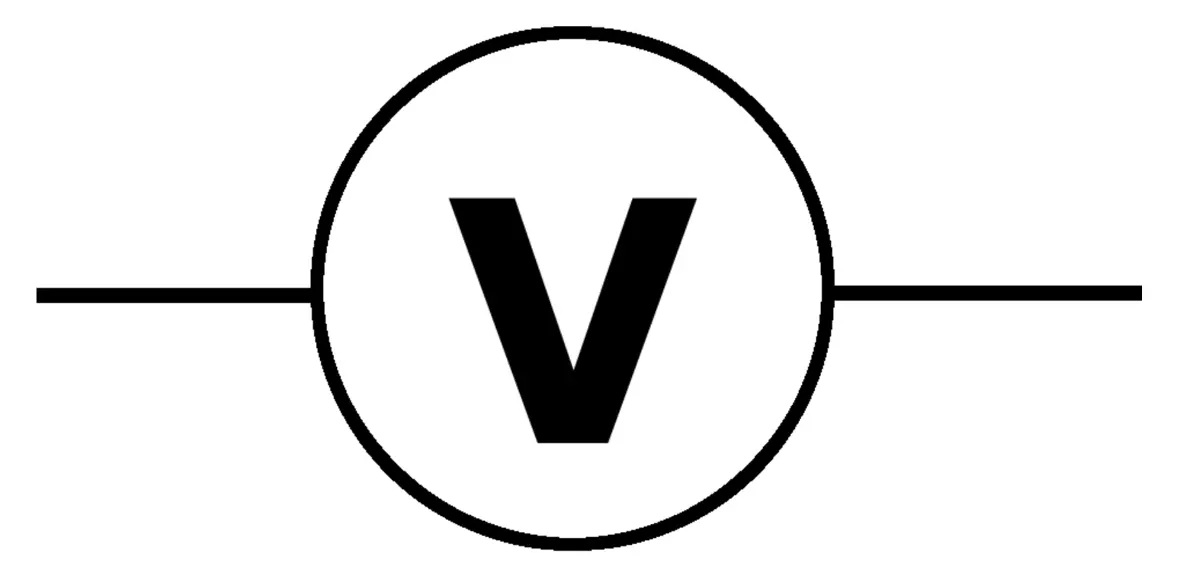
In a circuit diagram, the voltmeter is usually used with this symbol to indicate the position of the voltmeter. It is usually connected in parallel at both ends of the component or part of the circuit where the voltage needs to be measured. The circle represents the meter itself, while the "V" indicates that it is the instrument used to measure voltage.
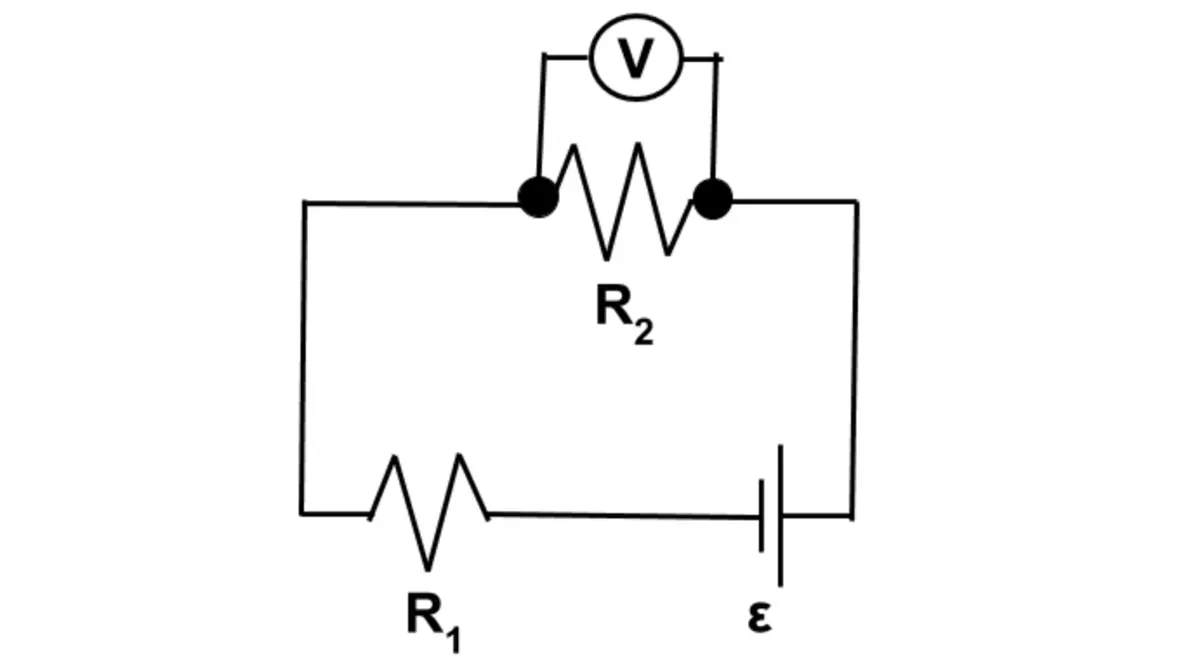
According to the measurement needs, output form and the use of different technology, voltmeters are divided into different types, common are AC voltmeter vs. DC voltmeter, analog vs. digital voltmeters, electromechanical vs. electronic voltmeters. Let’s compare them in the chart below.
|
Type |
Measures |
Output Type |
Accuracy |
Common Applications |
Example |
|
AC Voltmeter |
AC Voltage |
RMS Value |
Moderate |
AC circuits, power |
Wall Outlet |
|
DC Voltmeter |
DC Voltage |
Stable DC Value |
Moderate |
Batteries, DC electronics |
Battery |
|
Analog Voltmeter |
Voltage |
Needle on Scale |
Lower Precision |
Basic Electrical Checks |
Old Voltmeters |
|
Digital Voltmeter |
Voltage |
Digital Display |
High Precision |
Precision Testing, Labs |
Multimeters |
|
Electromechanical Voltmeter |
Voltage |
Mechanical Movement |
Lower accuracy due to wear |
Older Electrical Devices |
Moving Coil or Moving Iron |
|
Electronic Voltmeter |
Voltage |
Electronic Components |
High Accuracy |
Modern Electronics |
Digital Laboratory Voltmeters |
You use a multimeter to measure voltage, current, and resistance. Symbols like V~ and Ω simplify readings. You follow clear instructions by connecting the black lead to COM.
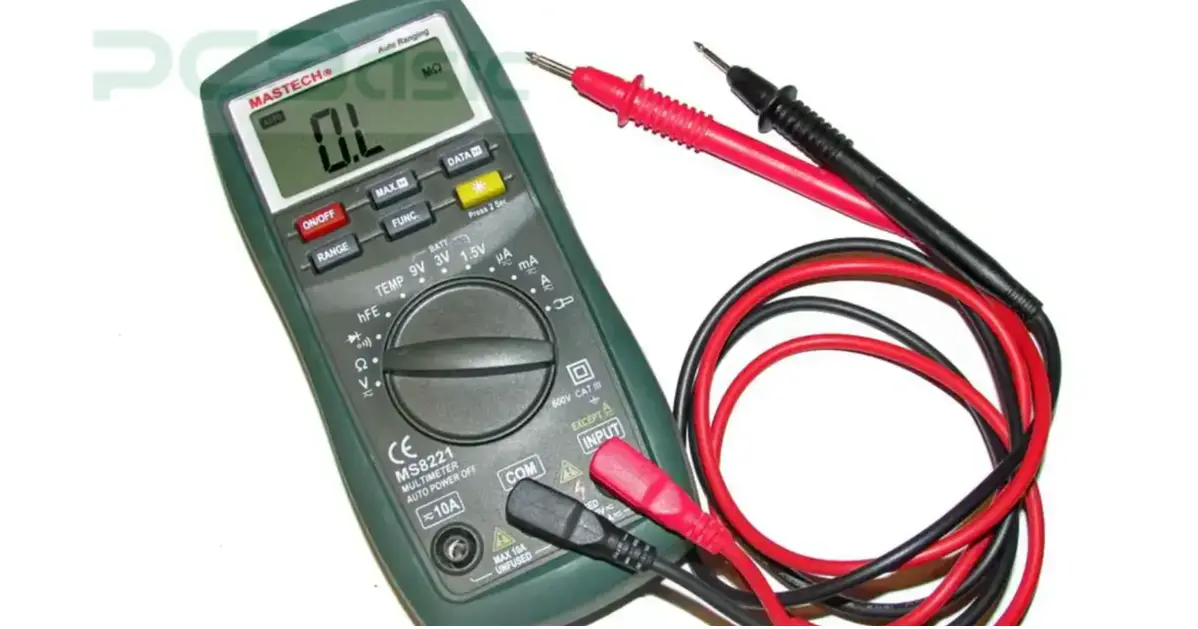
The red lead goes into the VΩ port. You turn the dial to AC (V~), DC (V—), or resistance (Ω). The continuity symbol checks if circuits connect properly. This tool is accurate, insightful, and ensures precise results. You gain an objective overview with its valid and original design.
The voltmeter vs multimeter debate arises when deciding on the best tool for electrical measurements. While both are essential, they serve different purposes:
|
Feature |
Voltmeter |
Multimeter |
|
Measures |
Voltage only |
Voltage, current, resistance, continuity, etc. |
|
Usage |
Electrical circuits |
Comprehensive electrical diagnostics |
|
Display Type |
Analog/Digital |
Mostly digital |
|
Price Range |
Generally cheaper |
More expensive but versatile |
|
Accuracy |
High |
High, with multiple functions |
|
Best for |
Measuring voltage specifically |
Multi-purpose electrical testing |
In simple terms, an ammeter is an instrument used to measure current (charge flow) in a circuit. The unit of current is the ampere, often abbreviated as A. The ammeter works by connecting in series with circuit components to measure the magnitude of the current. By measuring current, ammeters provide important information about circuit performance and safety.
The ammeter and voltmeter are both vital tools in electrical measurement, but they have different roles in electrical work. Understanding the difference between the two instruments is a must for everyone who wants to learn electrical work.
• An ammeter is used to measure current (in amperes) and must be connected in series to the component whose current needs to be measured. The current flows through the ammeter, and the instrument registers the magnitude of the current.
• A voltmeter is used to measure the voltage (potential difference) between two points in a circuit. Unlike an ammeter, a voltmeter should be connected in parallel with the component being tested.
|
Attribute |
Ammeter |
Voltmeter |
|
Image |
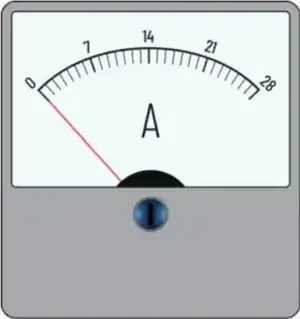 |
|
|
Symbol |
|
|
|
Connection Diagram |
|
|
|
Function |
Measures current (in amperes) |
Measures voltage (potential difference) between two points in a circuit |
|
Connection |
Connected in series with the component being measured |
Connected in parallel with the component being measured |
|
Unit of Measurement |
Amperes (A) |
Volts (V) |
|
Internal Impedance |
Low impedance (close to 0 ohms) |
High impedance (close to infinite) |
|
Typical Use |
Measures the current passing through a circuit |
Measures the potential difference in a circuit, such as the voltage of a battery or power supply |
|
Description |
Current flows through the ammeter, and the instrument registers the amount of current. |
The voltmeter measures the potential difference between two points without direct contact with the current. |
In conclusion, voltmeters are indispensable tools for anyone working with electrical systems, offering various types for different applications and ensuring safe, accurate voltage measurements.

Assembly Enquiry
Instant Quote